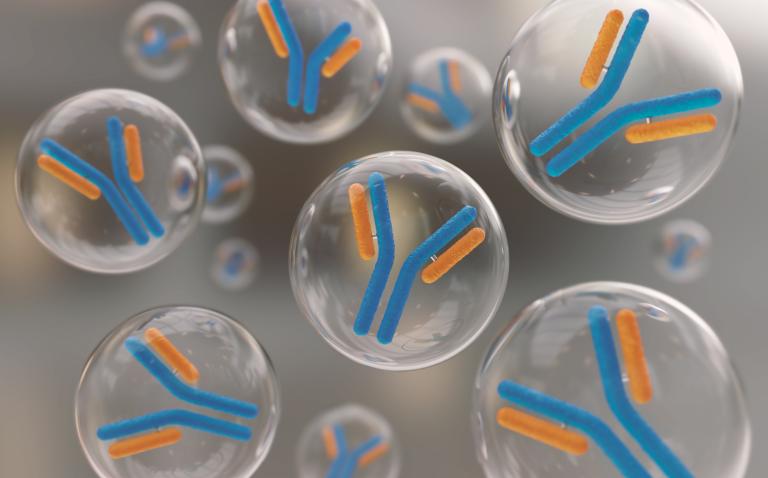A comprehensive profile of B cells in rheumatoid arthritis (RA), a first of its kind study, has been published in Arthritis & Rheumatology.1
“To the best of our knowledge, this is the first study to conduct whole transcriptome profiling of antigen-specific B cells in any human autoimmune disorder,” said Navin Varadarajan, a researcher at the University of Houston, whose results portray B cells not merely as autoantibody producers, but also as a source of diverse molecules that can influence proliferation, differentiation and activation of other pathogenic cell types.
“We anticipate that these data will serve as a foundational data set for investigating multiple hypotheses on the roles of B cells in RA and other autoimmune disorders, and will enable drug discovery,” said Varadarajan.
For every new pathogen encountered, a small subset of B cells activates to make an antibody that specifically recognises that particular pathogenic protein. Every person has between 10-100 million unique B cells, each capable of making its own antibody. In autoimmune RA, these antibodies – that are supposed to fight foreign invaders – attack the body’s own proteins and are thus called autoantibodies.
“We wanted to understand if there’s anything special about this class of white blood cells, the autoreactive B cells that make autoantibodies, that would make them fight against healthy proteins,” said Varadarajan.
Fewer than one in 1000 B cells are autoreactive, so to find which one is the culprit, Varadarajan’s postdoctoral researcher Ankit Mahendra designed a method to reliably identify and isolate the population, then used RNA sequencing to study all of the RNA being made by each cell.
A number of pathways associated with inflammation and protein modification, known to be amplified in rheumatoid arthritis, were found. At the molecular level, the team found two specific differences in the B cells of RA patients – the inclusion of the protein interleukin 15 receptor subunit alpha (IL-15Rα) and a high amount of the amphiregulin molecule, which can signal adjacent cells. Each was validated at the protein level in independent cohorts of RA patients and prioritised for further studies.
“We think that protein allows them to become bad actors,” said Varadarajan. “People have been targeting this pathway for quite some time. This now sheds new light on these bad guys in the progression of this disease and how to target it.”
The team is the first to show that B cells make amphiregulin. Amphiregulin sits in a well-studied pathway, the epidermal growth factor receptor pathway, and so the next step will be to determine if inhibiting the pathway impacts the B cells.
Reference
- Mahendra A et al. Beyond autoantibodies: Biologic roles of human autoreactive B cells in rheumatoid arthritis revealed by RNA‐sequencing. Arthritis & Rheumatology 2019;71(4):529 DOI: 10.1002/art.40772









